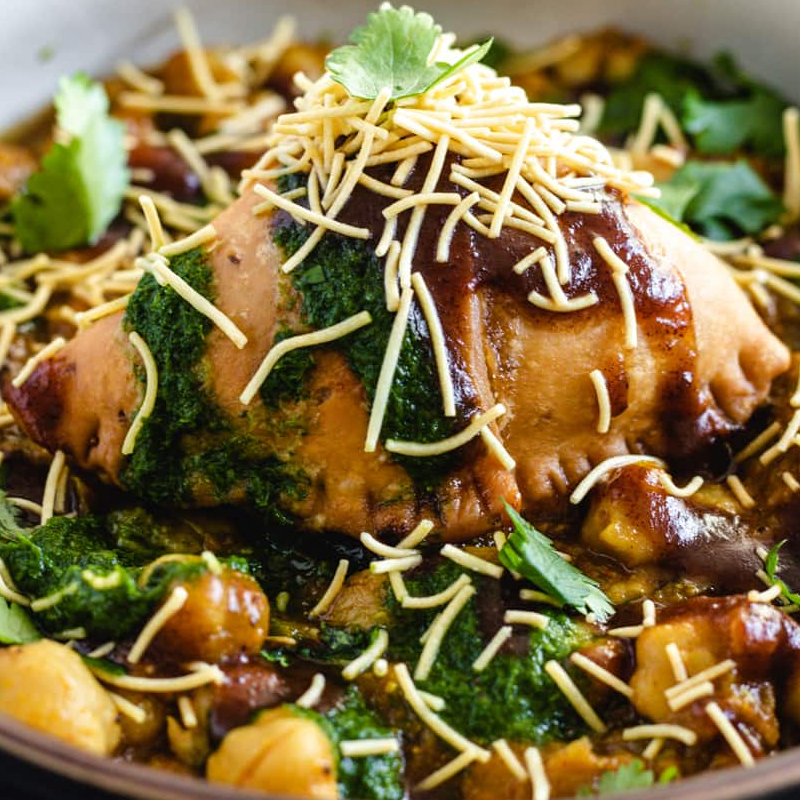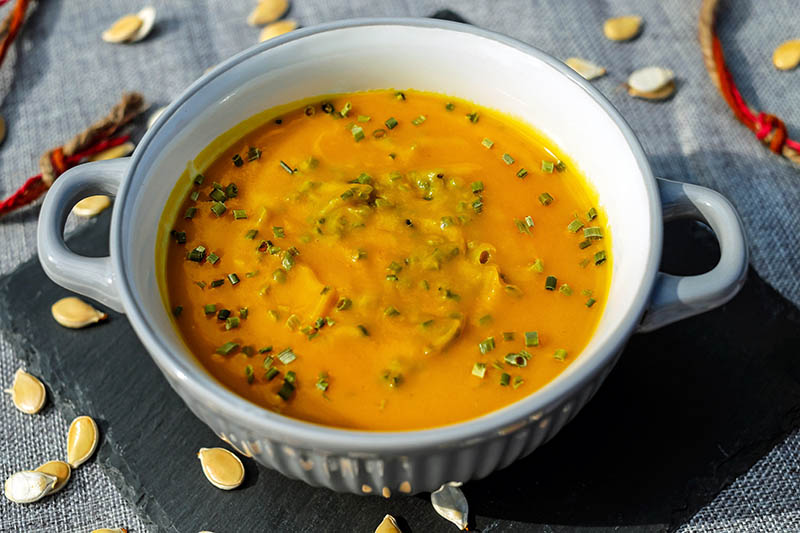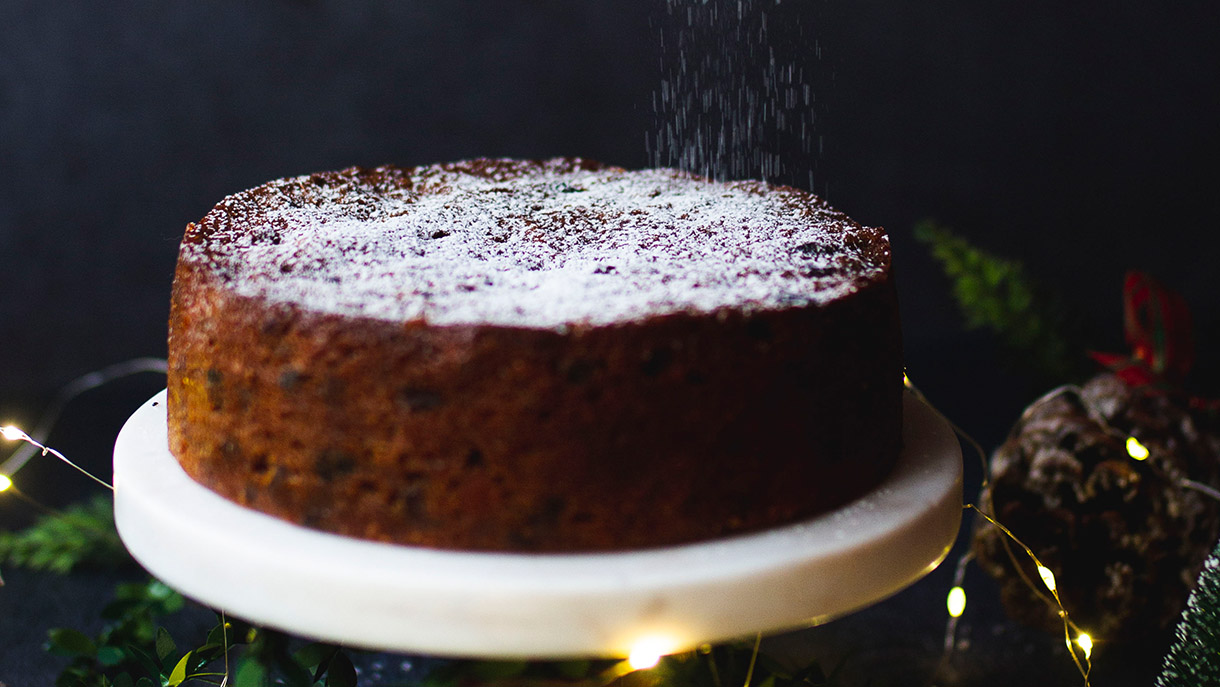What is Samosa Chaat?
Love Indian food? Then you have to try samosa chaat — a delicious and complex combination of flavours that will delight your palate. You’ll be amazed by the incredible combination of spices and ingredients that creates an irresistible street food dish that’s both savoury and sweet. In this article, we’ll explore the history and culture behind samosa chaat and discover the regional variations and different spice mixes used to create this delicious dish. So let’s jump right in and learn all about the secret to this magical culinary experience.

Origin Story
Samosa chaat, who would’ve thought that two of India’s most beloved snacks—samosas and chaat—could come together to create something so magical? The history of samosa chaat is as unique and flavorful as the dish itself.
According to historians, samosas have been enjoyed since the 13th century, while chaat has been popular since the 16th century. The two snacks have been staples in Indian kitchens and street carts for centuries, but it wasn’t until some creative soul combined the two that the combination known as samosa chaat was born.
Today, there are dozens of variations of the beloved dish, but the basics remain the same. To make the traditional samosa chaat, you’ll need samosas, chaat masala, yoghurt, tamarind chutney, and a sprinkle of sev. The samosas are usually crispy and filled with potatoes, peas, or lentils. The chaat masala is a special blend of spices, including cumin, coriander, and black pepper. The yoghurt and tamarind chutney provides a creamy, tangy contrast to the spice blend. Finally, the sev adds a crunchy texture, making it the perfect topping for the samosa chaat.
Flavour Profiles and Variations
Samosa chaat is a savoury, tantalizing dish that combines two traditional Indian favourites—samosas and chaat. This combination yields a unique flavour profile that is irresistible and unforgettable. The dish itself is incredibly versatile, with variations found in various regions of India as well as around the world. In essence, it is a mixture of spiced potatoes, chutney, and mint yoghurt, all served atop a fried samosa.
The flavour of the samosa chaat comes from the varied spices that are used to season the potato and the chutney. Commonly used seasonings are cumin, coriander, turmeric, amchoor, and garam masala. Depending on the region, some recipes may include additional spices such as fennel, chillies, or even cardamom. The chutney is typically tamarind or mint-based, with other flavourings added as desired.
The texture of the dish is one of its main attractions. The crunchy texture of the samosa is contrasted by the creamy yoghurt and the soft potatoes. The different textures combine to create a truly unique and delicious experience. All of these flavours and textures come together to make one of the most popular Indian street foods.

Regional Variations
No matter where you go in the world, chaat is one of the most beloved snacks on the planet. But when it comes to samosa chaat, the possibilities are truly endless. Every region has their own unique version of the dish, adding its own set of flavours and ingredients.
In India, samosa chaat is considered something of a national speciality. The dish is often served with a traditional tamarind-infused chutney, which gives it a sweet-and-sour flavour. It’s usually topped with onions, cilantro and spices, giving it a flavour-packed punch.
In Pakistan, samosa chaat is often made with a creamy yoghurt-based sauce and generously sprinkled with cumin, coriander and chilli powder. People in this region also commonly add chopped potatoes into the mix, giving the dish a hearty crunch.
In Bangladesh, samosa chaat is often served with a special sauce made from tamarind, jaggery, and cumin. This gives it a sweet-and-sour flavour that’s incredibly unique and delicious.
No matter where you get your samosa chaat from, it’s sure to be a flavorful and satisfying snack. So, the next time you’re in the mood for something new, why not give samosa chaat a try?
Spice Mixes and Ingredient Combinations
The magical combination of ingredients and spices that goes into creating the perfect samosa chaat may be difficult to pin down, but one thing is for certain—no two recipes will ever be the same. This is because each cook has their own unique way of playing with the spices while also incorporating the flavour of the other ingredients to make something truly remarkable.
At its core, samosa chaat begins with a crispy samosa that has been broken into small pieces and topped with either boiled chickpeas or potatoes. From there, the possibilities are seemingly endless. Each cook uses their own selection of ingredients, including but not limited to yoghurt, onions, chutneys, tamarind sauce, chaat masala, and an array of herbs and spices.
The additional elements are as important as the samosa itself, as each ingredient contributes to the dish’s distinctive flavour. For instance, tamarind sauce adds a tangy sweetness, and the yoghurt gives the chaat a creamy texture. On the other hand, chaat masala is responsible for its unique flavour and aroma. Once all of the ingredients come together, the result is a deliciously flavorful and textured chaat that is sure to tantalize the taste buds.

Conclusion
Samosa chaat is a delicious, savoury dish of Indian origin, one that truly encapsulates the country’s rich culture and history. Its ingredients are simple, but it packs a powerful flavour punch thanks to the combination of various spices and herbs. Whether it’s served as a snack, appetizer, or full-on meal, samosa chaat is an experience that’s not to be missed. It’s a unique blend of savoury and sweet flavours, one that will have your taste buds dancing for joy. So, next time you find yourself in need of something exotic and flavorful to satiate your appetite, consider the tantalizing taste of samosa chaat. You won’t regret it!

















[…] Also Read- The Savory Magic Of Samosa Chaat […]